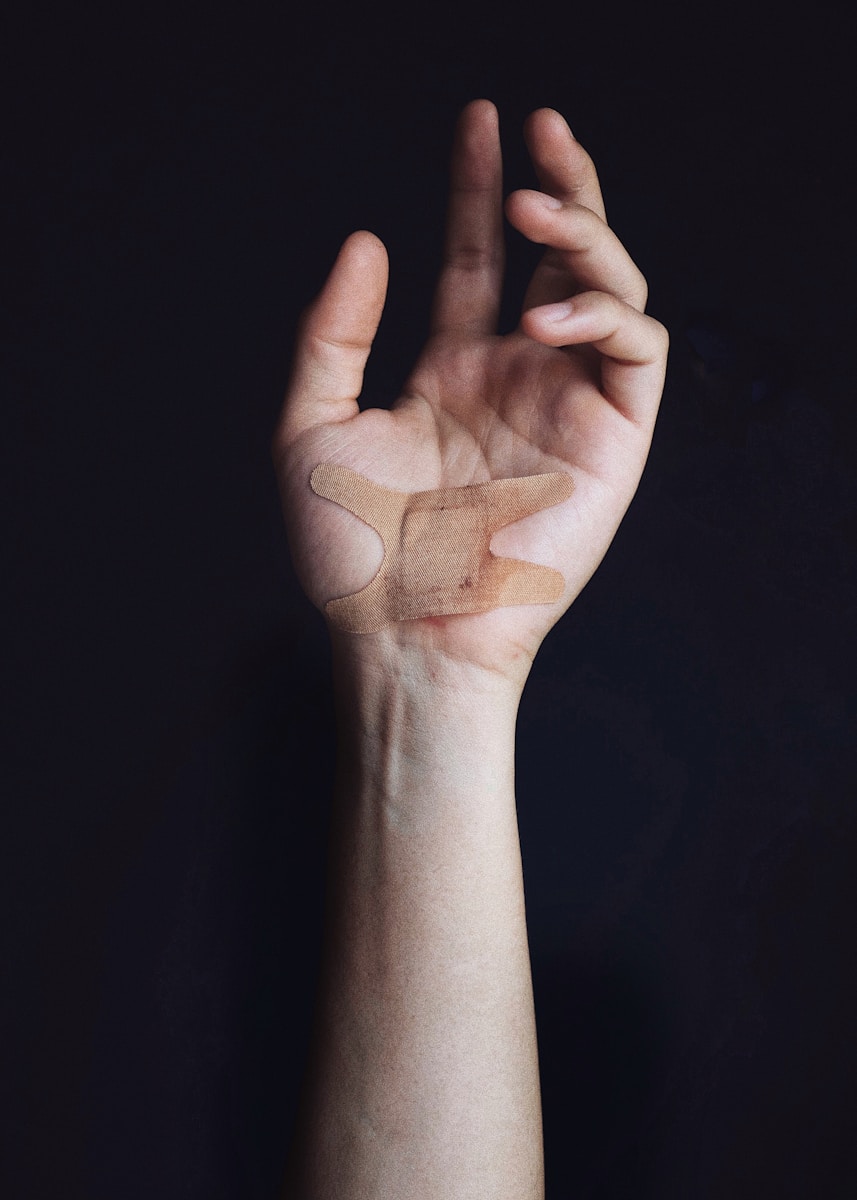Chronic wounds affect a little less than 7 million Americans, and some of these wounds fail to heal due to infection. The bacteria, if not discovered and cleaned, can cause severe infections. Recent research from New Keck Medicine of USC has suggested a more practical approach to detecting bacteria and infection.
When doctors clean a wound or debride it, they will remove any foreign particles, like metal or wood, and they will try and clean out any signs of bacteria on and near the wound. Sometimes, bacteria remains and causes severe infection, where the patient’s limbs have had to be amputated. For doctors to detect any bacteria invisible to the eye, they will usually send samples of tissue to a lab to get processed so that bacteria can be identified. This process is inefficient and can take days if not weeks.
Autofluorescence (AF) imaging is being used for this task. AF imaging is used in a lot of different fields in medicine, such as Ophthalmology, and the study of the eye. Many eye doctors will use this technology to take non-invasive pictures of the eye. Autofluorescence (AF) imaging involves the use of a handheld device that shines violet light to illuminate molecules in the cell walls of bacteria. Different types of bacteria emit different colors under the light, making it easier for a doctor to identify the specific bacteria present. 25 studies are currently going on, and so far they have shown that AF imaging can identify bacteria in around 90% of the cases where normal clinical visits might have missed them.
As of now, there is not much information on whether or not this will be used in the future, but hopefully, this technology can come to use in the next couple of years or so. That way, doctors can make diagnoses faster and in turn, keep people safe.
Related Stories:
https://medicalxpress.com/news/2024-08-technology-bacteria-wounds-infection.html
https://www.ncbi.nlm.nih.gov/books/NBK507882/
https://pubmed.ncbi.nlm.nih.gov/38970426/
https://pubmed.ncbi.nlm.nih.gov/25790480/
Take Action:
https://home.liebertpub.com/publications/advances-in-wound-care/605





